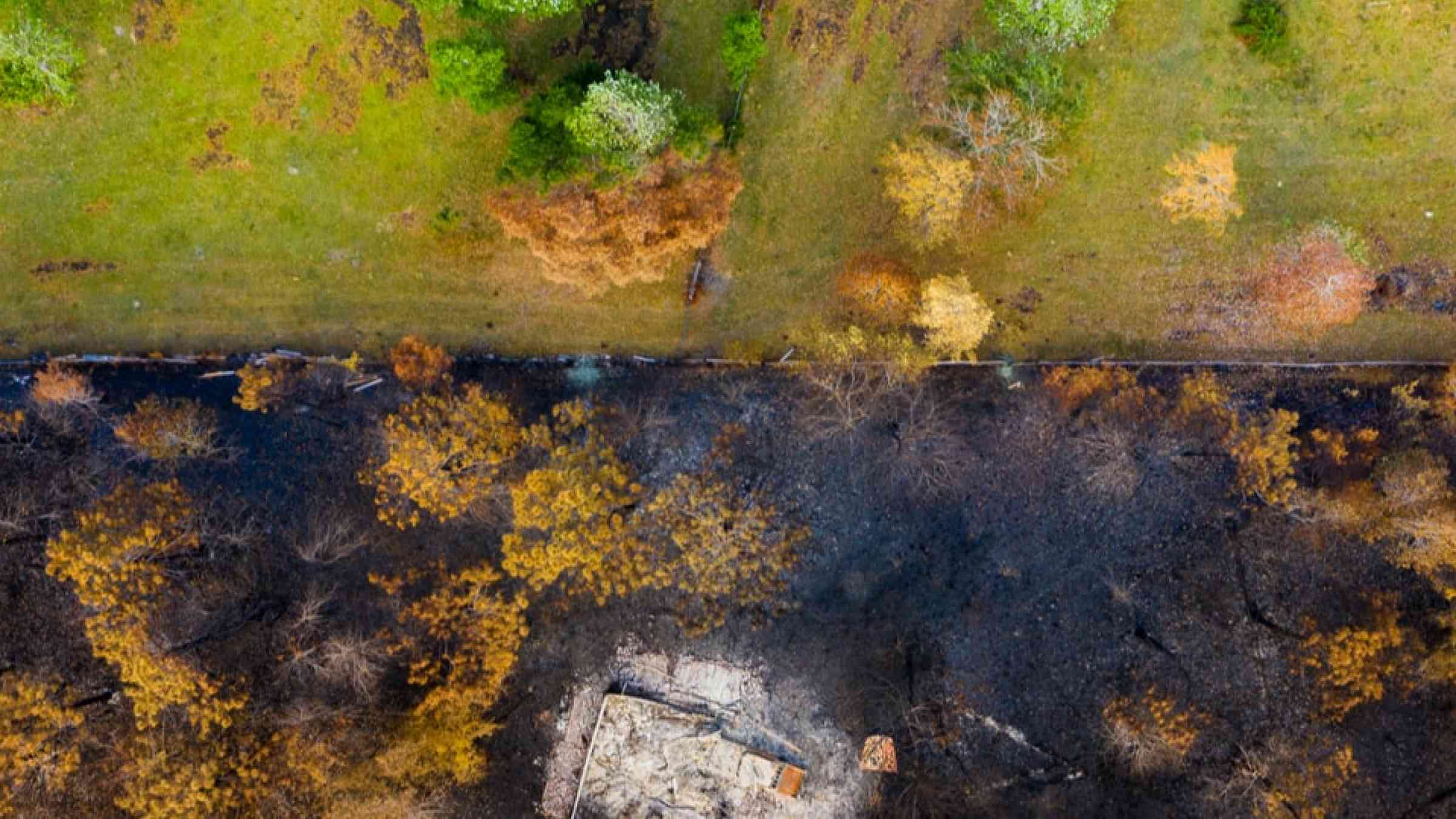Wildfire preparedness and response must include planning for unhoused people and other vulnerable populations

The 2023 Canadian wildfire season is off to a roaring start. In Alberta, there have been more than 560 wildfires so far — the highest recorded number of fires since 2018, and the season has only just begun. Tens of thousands of residents have been evacuated and a state of emergency was declared across the province.
Wildfires are not new to the region. The 2016 Horse River/Fort McMurray Wildfire was the worst wildfire and most costly disaster in recent Canadian history. Meanwhile, on the opposite side of the country, Nova Scotia has already experienced a historic 200 wildfires, resulting in a local state of emergency in Halifax Regional Municipality and more than 25,000 displaced residents.
As public health and disaster management scholars, our research focuses on how best to support the health of vulnerable populations in adverse situations, including through disasters, political challenges and geographic isolation. We have been devastated watching news coverage of the recent wildfires, including in one of our home provinces. However, we are not shocked.
With the impacts of climate change, wildfires in Canada will continue to intensify in strength and frequency. Enclosed shelter is paramount in reducing exposure to wildfire smoke. Yet, what happens to the nearly 35,000 unhoused Canadians on any given night who cannot easily evacuate or shelter indoors?
Impact on the unhoused
Research suggests that unhoused people are most vulnerable in disasters as they are often the first to experience them and often do not have the ability to prepare or alleviate their risks. In particular, studies show unhoused people’s disproportionate risks to health during heat events and wildfire due to limited access to appropriate shelter.
Many unhoused people have pre-existing health issues that can be worsened during disasters. These include substance use disorder, mental illness and chronic conditions. For people with a substance use disorder, there can be significant disruptions to accessing treatment medications and inequities in opioid-related deaths in communities vulnerable to disasters.
Even for unhoused people outside of evacuated communities, poor air quality caused by wildfire smoke can cause heat stroke, dehydration and respiratory illness.
Despite these unique harms, unhoused people have limited access to resources and supports that facilitate evacuation and post-disaster recovery. Both Alberta and Nova Scotia have relied on the use of emergency alerts, yet many unhoused people do not have access to technology for emergency alerts and are not eligible for disaster relief support.
Evacuation centres are open to all, yet stigma and mistrust of authorities can prevent access for the unhoused. Furthermore, research shows that authorities tend to provide more support for those who have lost their housing due to wildfires than those who were previously unhoused.
Planning for unique risks
As many Canadian provinces are currently experiencing, extreme heat and wildfires are increasing in frequency and intensity.
Loss of housing and infrastructure compounds an already fragile housing environment, especially for renters and Indigenous populations. A lack of affordable housing, aggravated by disasters, further reduces the likelihood that people living precariously will secure permanent housing, which would better protect them during future wildfire seasons.
Although cooling centres open during extreme heat, there are few respite centres during periods of low air quality, particularly in the evening. Looking at other provinces, Housing BC and End Homelessness Winnipeg are working towards ensuring unhoused people are supported during extreme heat and wildfire smoke. However it is unclear how unhoused populations are being helped during the current wildfires.
Our concern as researchers is that there is an alarming lack of international, national and provincial plans or guidelines that consider the unique risks and needs of unhoused populations during wildfires.
What is apparent is that response often falls on service providers who support the unhoused, despite adequate housing being an international human right that should be the responsibility of the government.
Support during disasters
It is imperative for all levels of the Canadian government to consider how to best support unhoused people during disasters.
Looking at international responses to other disasters, promising practices include trauma-informed and addictions/mental health training for emergency responders and evacuation personnel, outreach services, developing inclusive materials for preparedness and response (for example, flyers and handouts), providing inclusive low-barrier evacuation spaces, and dedicating resources to post-disaster recovery and support for the unhoused.
Most importantly, any response must involve a co-ordinated partnership between community organizations, the government and those with the experience of being unhoused.
We need to better prepare for Canada’s wildfire season by including high risk and extremely marginalized populations, such as those who are unhoused, in emergency management plans and practices. Greater consideration of high-risk populations will ensure no one gets left behind.